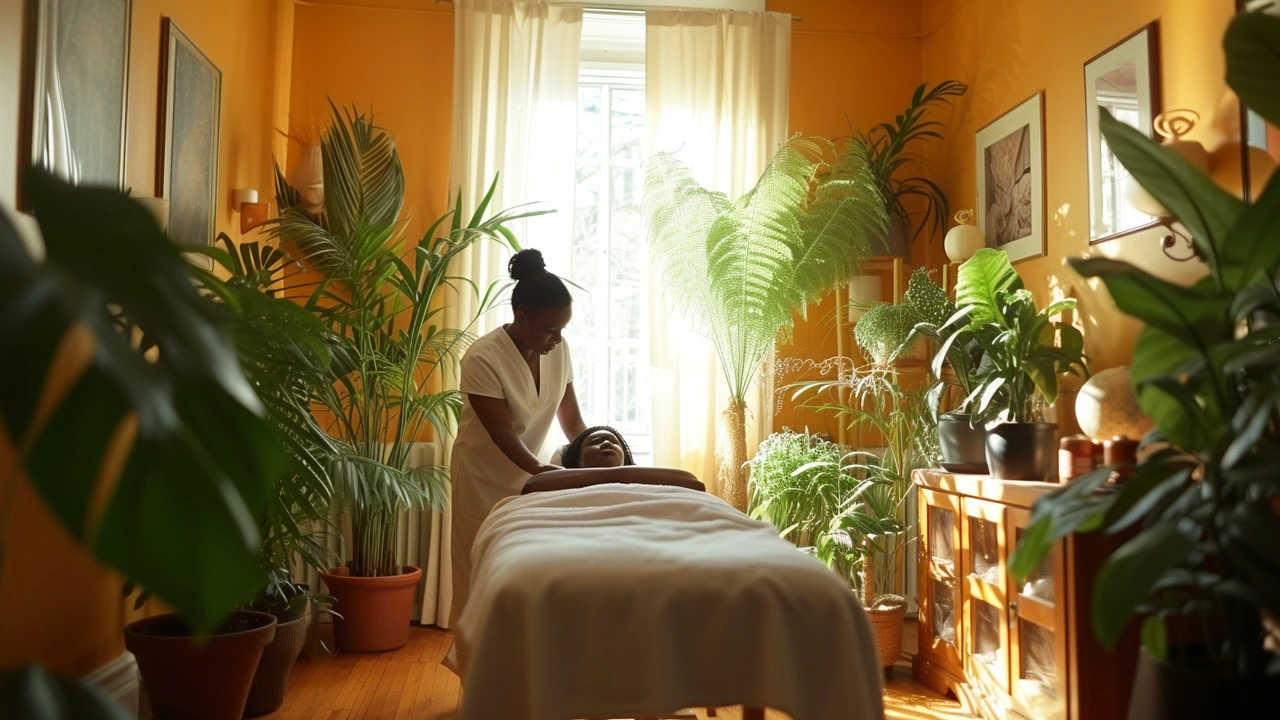Healthcare Integration: How Massage and Bodywork Can Work with Medical Care
Want therapies that help your pain, mobility, or stress while still working with your doctor? Healthcare integration means using massage, bodywork, and related therapies alongside medical care—clearly, safely, and with real goals. Below you'll get practical steps, what to ask clinicians, and which therapies often fit medical plans.
Which therapies pair well with medical care
Different bodywork approaches work better for specific issues. Here are clear matches to consider:
- Pain and tight muscles: Trigger point massage, warm stone therapy, and Amma massage can ease muscle knots and improve movement. These are useful alongside physical therapy or pain management plans.
- Chronic pain and gentle healing: Ortho-Bionomy and Feldenkrais focus on subtle movement and body awareness. They’re low-risk and can help people who can’t tolerate deep pressure.
- Posture, scoliosis, and structural issues: Rolfing and Hellerwork aim at long-term alignment. Use them with medical follow-ups and imaging when needed.
- Palliative and end-of-life care: Palliative massage offers comfort, reduced anxiety, and better sleep. It’s often requested through hospice teams or integrated into hospital comfort packages.
- Cultural or traditional methods: Hilot, Lomi Lomi, Kahuna, and hammam rituals provide cultural support and relaxation. Tell your clinician if these are part of your care preference so they can coordinate safely.
How to integrate bodywork into your medical plan
Start simple. First, talk to your primary clinician. Say what you want to try and why—pain relief, sleep, mobility, stress. Ask if there are medical reasons to avoid a technique (recent surgery, blood thinners, fractures, infections).
Look for practitioners who communicate with healthcare teams. Good signs: they ask about medications, recent tests, and get referrals. Ask about training, liability insurance, and whether they’ve worked with medical patients before.
Make a shared plan: set measurable goals (less pain, improved range of motion, fewer headaches), pick a timeline (4–8 sessions), and agree on red flags (increased pain, swelling, dizziness). Track progress in a simple notebook or app and share updates with your clinician.
Insurance and safety: Some clinics bill through physical therapy or integrative medicine departments. If your insurance doesn’t cover a session, ask about sliding scales or single-session consults. Always stop any technique that hurts more than mild discomfort and report issues to both practitioner and clinician.
Want specifics? Our Healthcare Integration tag collects articles on Feldenkrais, Ortho-Bionomy, palliative massage, Rolfing, acupressure, and more. Read the pieces that match your condition, then bring notes to your next medical appointment. Small steps lead to safer, clearer results—so you get care that truly helps.

Exploring the Impact of Therapeutic Medical Massage in Modern Healthcare Practices
Hey there, folks! I'm excited to dive deep into the world of medical massage and share with you all just how vital it is in today's healthcare landscape. You might be wondering, "What's all the buzz about?" Well, medical massage isn't just about relaxation; it's a key player in pain management, rehabilitation, and overall patient wellness. I've been exploring its benefits and I'm in awe of how it complements traditional medicine to help folks heal and feel better. Stick with me as I uncover the amazing roles of medical massage in healthcare and why it's not something to overlook!
Categories
- Health and Wellness (148)
- Alternative Therapies (86)
- Massage Therapy (40)
- Travel and Culture (15)
- Beauty and Skincare (9)
- Holistic Health (8)
- Health and Fitness (5)
- Spirituality (5)
- Other (2)
- Personal Development (2)
Popular Articles

Breema: A Holistic Approach to Stress Management
Dec, 28 2025


